Choosing the right wood for your cutting board is crucial to both your kitchen’s functionality and food safety. When selecting what wood to use for cutting boards, it’s important to consider factors like durability, grain type, and maintenance needs. Hardwoods such as maple, walnut, and cherry are popular choices due to their density, which resists knife marks and prevents bacteria from harboring in the board. Additionally, the right wood can enhance the aesthetics of your kitchen while providing a long-lasting surface for food preparation. Understanding the benefits of different types of wood will ensure you make an informed decision that enhances your cooking experience and ensures safety in the kitchen.
The Critical Role of Wood Selection in Cutting Board Craftsmanship
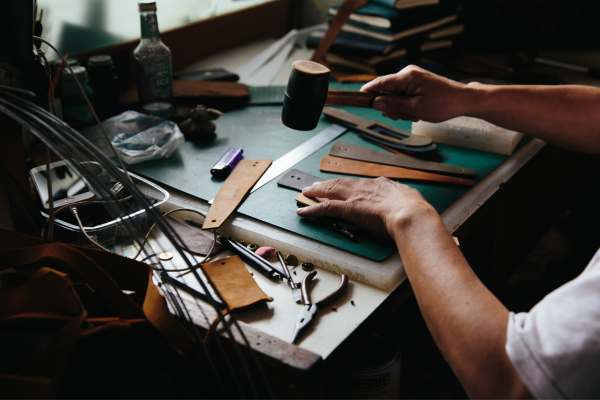
Picking the right wood for your cutting board is far from a trivial matter. It’s a decision that intertwines aesthetics, functionality, and hygiene. A wisely chosen wood type will not only endure the daily rigors of chopping and slicing but also resist moisture and maintain a surface that’s gentle on your knives. On the flip side, a poor choice can lead to rapid degradation, warping, and even a breeding ground for bacteria. That’s why understanding the specific properties of various woods is crucial in making a decision that benefits your kitchen for the long haul.
How Wood Type Correlates with Cutting Board Durability
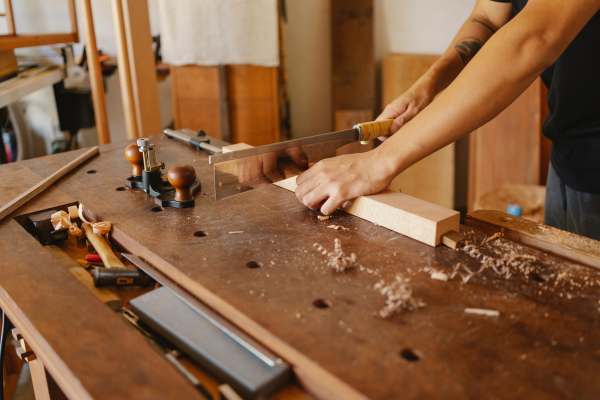
The lifespan of a cutting board is closely tied to the type of wood used. Hardwoods, known for their dense and tight grain structures, are generally more resilient, making them ideal for cutting boards that get a lot of use. These woods are less prone to deep knife marks and better at resisting moisture, helping to prevent the dreaded cracking and warping. On the other hand, while softer woods might catch your eye with their beauty, they often lack the durability needed for daily kitchen use, leading to a shorter lifespan.
Exploring Wood Types Suitable for Cutting Boards

1. The Gold Standard: Maple, Walnut, and Cherry
Maple, walnut, and cherry stand as the triumvirate of cutting board woods. Maple, with its light hue and tight grain, resists scratching and gouging, making it a practical choice. Walnut, celebrated for its rich, dark tones, adds a touch of luxury to your kitchen while maintaining the strength required for a chopping board. Cherry, balancing beauty and functionality, offers warm tones and moderate hardness, making it a versatile option that only gets better with age.
2. Venturing into Exotic Woods: Teak, Bamboo, and Acacia
For those seeking something more unique, exotic woods like teak, bamboo, and acacia present intriguing alternatives. Teak, renowned for its natural oils, boasts high resistance to water and rot, perfect for cutting boards used in humid environments. Bamboo, technically a grass, is a sustainable, durable, and lightweight option. Acacia, with its striking grain patterns, offers both robustness and aesthetic appeal, making it a standout choice for anyone wanting their chopping board to double as a conversation piece.
3. Softwoods to Steer Clear Of: Pine, Cedar, and Fir
While softwoods like pine, cedar, and fir might tempt with their lower prices, they are typically not recommended for chopping boards. Their softness and porosity mean they can easily develop deep grooves from knife cuts, which can harbor bacteria and compromise hygiene. Additionally, these woods are more likely to absorb moisture, leading to warping and splitting over time—a disaster for any cutting board.
The Hardwood vs. Softwood Debate: Why It Matters
1. Hardwoods: The Preferred Choice for Cutting Boards
Hardwoods are generally favored for cutting boards due to their durability, resistance to knife marks, and lower porosity. These traits help maintain the board’s surface, making it easier to clean and less likely to retain food particles or bacteria. Moreover, hardwoods are less prone to warping or cracking, ensuring that your chopping board remains a reliable kitchen companion over time.
2. The Downside of Softwoods
Softwoods, while often cheaper, come with a laundry list of issues when used for chopping boards. Their lower density makes them more vulnerable to damage from knives, leading to unsightly cuts and grooves. These imperfections can trap food particles, complicating cleaning and increasing the risk of bacterial growth. Additionally, softwoods are more prone to absorbing moisture, causing swelling, warping, or cracking—severely shortening the chopping board’s lifespan.
Maple: The Timeless Favorite
1. Why Maple Dominates the Cutting Board Scene
Maple’s light color, uniform grain, and tight structure make it a perennial favorite for chopping boards. Its hardness allows it to withstand daily use without developing unsightly cuts or grooves, while its closed grain prevents moisture from seeping in, keeping the board hygienic and easy to clean.
1. Hard Maple vs. Soft Maple: Which Is Better?
While both hard and soft maple can be used for cutting boards, hard maple is generally preferred due to its superior durability. Its dense grain structure makes it less prone to knife marks and more resilient to heavy use, making it a better investment for those who plan to use their cutting board frequently.
Walnut: The Dark Horse of Cutting Boards
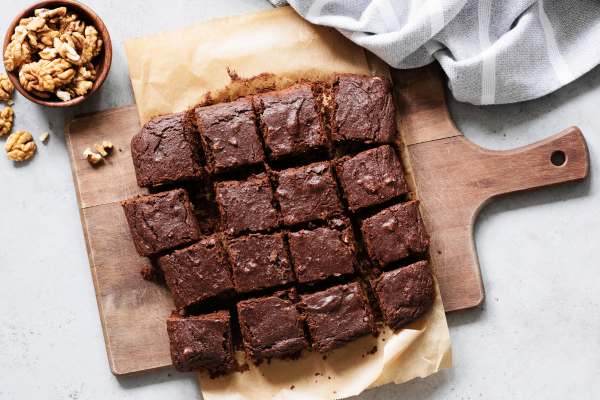
1. The Allure of Walnut’s Aesthetics
Walnut cutting boards are more than just functional—they’re also pieces of art. The rich, dark color of walnut adds elegance and sophistication to any kitchen, making it a popular choice for those who value both style and utility. The wood’s natural luster and fine grain pattern enhance its visual appeal, creating a chopping board that’s as beautiful as it is practical.
2. Pros and Cons of Walnut Cutting Boards
While walnut’s aesthetic appeal is undeniable, it is slightly softer than other hardwoods like maple. This means walnut cutting boards may develop knife marks more quickly, although these marks are often less noticeable due to the wood’s dark color. Additionally, walnut requires regular oiling to maintain its rich color and prevent drying out, making it a bit more maintenance-intensive than other wood options.
Cherry: The Warm and Welcoming Choice
1. Bringing the Warmth of Cherry into Your Kitchen
Cherry wood cutting boards add a warm, rich tone to your kitchen that few other woods can match. With its distinctive reddish-brown hue, cherry wood develops a deep, rich patina over time, making it more beautiful with age—a trait that makes it an excellent choice for those who want a chopping board that evolves over the years.
2. Durability and Maintenance of Cherry Cutting Boards
Although cherry is slightly softer than maple, it remains a durable choice for cutting boards, capable of withstanding regular use without significant wear. However, like walnut, cherry chopping boards require regular maintenance to preserve their color and prevent drying. Oiling the board every few weeks will help maintain its beauty and functionality, ensuring it remains a cherished kitchen tool for years to come.
Teak: The Exotic and Water-Resistant Wonder
1. The Moisture-Resistant Power of Teak’s Natural Oils
Teak is often lauded as one of the best woods for chopping boards, thanks to its natural oils that make it highly resistant to water and rot. These oils not only protect the wood from moisture damage but also keep the board’s surface smooth and easy to clean, making teak an ideal choice for chopping boards that are frequently washed or used in humid environments.
2. Teak’s Resilience Against Knife Marks
Teak’s durability, coupled with its natural oils, allows it to withstand frequent use without developing deep knife marks. While it is slightly softer than maple, teak’s natural oils prevent the wood from splintering, ensuring that your chopping board remains smooth and functional for years to come.
Bamboo: The Eco-Friendly, Budget-Conscious Option
1. Bamboo: A Sustainable Choice
Bamboo, a rapidly renewable resource, grows much faster than traditional hardwoods and requires fewer resources to cultivate, making it an eco-friendly option for those looking to reduce their environmental impact while still enjoying a durable and functional cutting board.
2. Durability and Maintenance of Bamboo Boards
Despite being technically a grass, bamboo is surprisingly hard and durable, making it a viable choice for cutting boards. Bamboo cutting boards resist knife marks and do not absorb moisture as readily as some hardwoods, making them easy to clean and maintain. However, they can be prone to cracking if not properly cared for, so regular oiling is recommended to keep the board in top condition.
Acacia: The Sturdy and Versatile Choice
1. The Unique Beauty of Acacia’s Grain
Acacia wood is celebrated for its striking grain patterns, which range from smooth and uniform to wildly varied and eye-catching. This makes acacia cutting planks a beautiful addition to any kitchen, offering a unique aesthetic that is sure to stand out. The wood’s natural color varies from light to dark, adding to its visual appeal and making each acacia cutting plank a one-of-a-kind piece.
2. Acacia’s Strength and Durability
Beyond its beauty, acacia is highly durable, with a hardness that allows it to withstand regular use without significant wear. Acacia chopping boards resist water and warping, making them a practical choice for those who want a chopping board that will last for years. However, like other hardwoods, acacia requires regular oiling to maintain its appearance and prevent drying.
End Grain vs. Edge Grain: Which Is Superior?
1. The End Grain Advantage
End grain cutting boards are crafted by exposing the ends of the wood fibers on the surface, creating a checkerboard pattern. These boards are often considered superior due to their ability to “self-heal.” When a knife cuts into the end grain, the wood fibers naturally close up afterward, minimizing the appearance of knife marks and extending the board’s life. Additionally, end grain boards are gentler on knives, as the blade slides between the wood fibers rather than cutting directly across them, helping to maintain sharpness.
2. The Durability and Affordability of Edge Grain
Edge grain cutting boards, though not as self-healing as their end grain counterparts, are still highly durable and typically more affordable. They provide a smooth, flat surface that is ideal for everyday use and can offer many years of service with proper care.
The Impact of Wood Density on Cutting Board Performance
1. High-Density Woods: Maple, Teak, and Their Benefits
Wood density significantly influences the performance and longevity of a cutting plank. High-density woods like maple and teak resist knife marks and absorb less moisture, making them ideal for cutting boards. The density also contributes to the board’s weight, helping it stay in place during use and providing a solid, stable surface for chopping.
2. How Density Affects Knife Sharpness
While high-density woods offer many benefits, they can also be harder on knives, causing the blades to dull more quickly. However, this can be mitigated by using a cutting plank with a slightly softer surface, such as end grain, which is gentler on knives. Regular maintenance, including sharpening and honing your knives, will also help ensure they remain sharp and ready for use, regardless of the wood density of your plank.
Porosity and Its Role in Cutting Board Hygiene
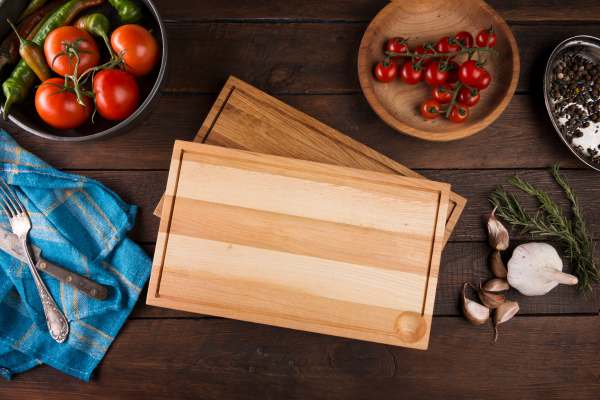
1. The Hygiene Benefits of Low-Porosity Woods
Porosity, or the number of tiny holes or pores in a material, is an important factor to consider when choosing a cutting plank. Low-porosity woods like maple and teak are less likely to absorb moisture, which helps prevent bacterial growth and prolongs the life of the chopping plank. These woods are also easier to clean, as their smooth surface does not trap food particles as readily as more porous woods.
2. How Low Porosity Enhances Cutting Board Longevity
A cutting board with low porosity is not only more hygienic but also more durable. By resisting moisture, these woods are less likely to warp or crack over time, ensuring that your cutting plank remains flat and functional for years to come. Regular cleaning and oiling will further enhance the board’s resistance to moisture, making it a long-lasting addition to your kitchen.
Moisture Resistance: A Crucial Factor for Cutting Boards
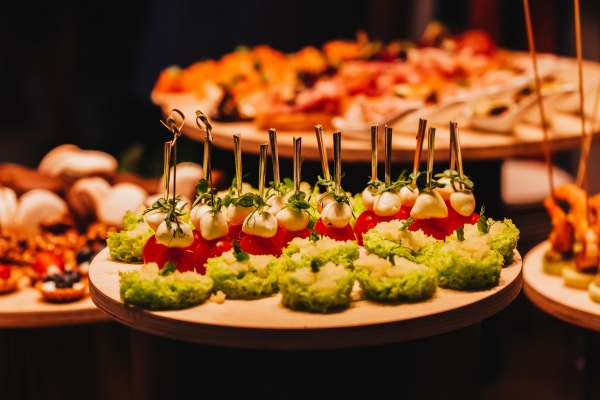
1. Why Moisture Resistance Matters
Moisture resistance is crucial in determining the longevity of a cutting board. Woods that absorb too much moisture are more likely to warp, crack, or harbor bacteria, making them less safe and less durable. Choosing a moisture-resistant wood, such as teak or maple, will help ensure that your chopping plank remains in good condition, even with frequent use and washing.
2. The Role of Natural Oils in Moisture Resistance
Teak and walnut, with their natural oils, provide an effective moisture barrier, protecting the wood from absorbing too much water and reducing the risk of warping and cracking. Additionally, these oils can give the board a rich, lustrous finish that enhances its beauty and makes it easier to clean.
Ensuring Safety: Choosing Non-Toxic Woods
1. The Importance of Food-Safe Wood
When selecting wood for your cutting board, it’s essential to consider whether the wood is food-safe. Some woods contain toxins or allergens that can be harmful when used for food preparation. Ensuring that the wood is safe for food contact is vital for protecting your health and that of your family.
2. Woods to Avoid Due to Toxicity
Certain woods, such as pine and cedar, should be avoided for cutting boards due to their high resin content and potential for causing allergic reactions. Other woods, like oak, have large pores that can trap food particles and bacteria, making them less suitable for chopping boards. Choosing a wood known to be safe and non-toxic, such as maple or walnut, is the best way to ensure your cutting plank is both functional and safe.
Caring for Your Wooden Cutting Board
1. Cleaning and Sanitizing Tips
Proper cleaning and sanitizing are essential for maintaining the hygiene and longevity of your wooden cutting board. After each use, wash the board with warm, soapy water and dry it thoroughly to prevent moisture from being absorbed into the wood. For a deeper clean, use a solution of vinegar or lemon juice to disinfect the surface and remove lingering odors.
2. Oiling and Conditioning for Longevity
Regular oil treatment is crucial for keeping your wooden chopping board in top condition. Oiling the board helps to replenish the wood’s natural moisture, preventing it from drying out and cracking. Food-safe mineral oil is the most commonly recommended oil, but other oils like beeswax or coconut oil can also be used. Applying oil every few weeks will help maintain the board’s appearance and protect it from damage.
Extending Your Cutting Board’s Life
1. Proper Storage Techniques
Storing your wooden cutting board correctly is key to preventing warping and cracking. Keep the board in a dry, well-ventilated area where it can dry out completely between uses. Avoid storing the board in direct sunlight or near a heat source, as this can cause the wood to dry out and crack. Standing the plank vupright on its edge rather than laying it flat can also help prevent moisture from being trapped underneath.
2. How to Revitalize an Old Cutting Board
Even the best-maintained cutting boards may show signs of wear over time. Fortunately, most wooden chopping boards can be restored with some effort. Sanding the surface with fine-grit sandpaper can remove deep knife marks and restore the board’s smoothness. After sanding, apply a generous coat of oil to replenish the wood’s moisture and protect it from future damage.
DIY: Crafting Your Own Wooden Cutting Board
1. Step-by-Step Guide to Making a Custom Board
Creating your own wooden cutting plank can be a rewarding DIY project, allowing you to customize the size, shape, and type of wood to suit your needs. Start by selecting a high-quality hardwood, such as maple or walnut, and chopping it to your desired dimensions. Sand the edges and surface to create a smooth finish, then apply multiple coats of oil to protect the wood and enhance its natural beauty.
2. Choosing the Best Wood for Your DIY Project
When crafting your cutting plank, it’s crucial to choose a wood that’s both durable and safe for food preparation. Hardwoods like maple, walnut, and cherry are excellent choices due to their strength, density, and resistance to moisture. Avoid using softwoods or woods with large pores, as these are more prone to damage and can harbor bacteria.
Giving New Life to Old Cutting Boards
1. Creative Repurposing Ideas
If your old cutting board has seen better days, don’t throw it out just yet! There are many creative ways to repurpose a worn cutting plank. For example, you could turn it into a serving tray by adding handles and a fresh coat of oil. Alternatively, you could use it as a trivet for hot dishes or as a rustic backdrop for food photography.
2. Transforming a Cutting Board into a Serving Tray
To convert your cutting plank into a serving tray, start by sanding down the surface to remove deep knife marks. Next, attach sturdy handles to each end of the board, ensuring they are securely fastened. Finally, apply a fresh coat of oil to restore the wood’s shine and protect it from moisture. The result is a beautiful and functional serving tray that can be used for anything from breakfast in bed to outdoor entertaining.
Conclusion
Choosing the right wood for your cutting board is a crucial decision that can significantly impact its durability, appearance, and safety. By understanding the properties of different woods and how they influence the performance of your cutting plank, you can make an informed choice that will serve you well for years to come. Whether you opt for the classic appeal of maple, the elegance of walnut, or the sustainability of bamboo, selecting a high-quality wood is the key to enjoying a chopping plank that is both beautiful and functional. Proper care will ensure your board remains a reliable kitchen companion for many years.
How often should I oil my wooden cutting board?
Oiling your wooden cutting board every few weeks will help maintain its moisture and prevent cracking.
What is the best way to remove stains from a wooden cutting board?
Use a mixture of baking soda and water or a lemon juice scrub to gently lift stains from the surface.
Can I use any type of wood for a cutting board?
No, it’s important to use hardwoods like maple or walnut, as they are durable and safe for food preparation.

